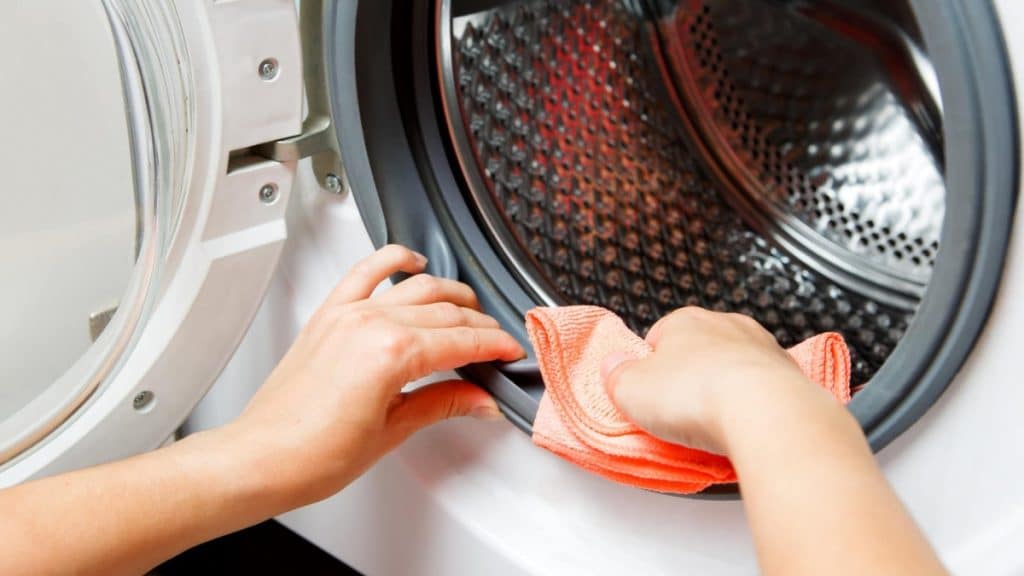A clogged washing machine can be a frustrating obstacle to your laundry routine. However, fear not! In this guide, we’ll walk you through simple steps to help you unclog your washing machine and get it back to its optimal performance. Remember to always unplug your machine before attempting any maintenance.
Identifying the Issue: Before diving into the unclogging process, it’s essential to identify the symptoms of a clogged washing machine. Common signs include slow drainage, water pooling at the bottom, or a complete halt in the washing cycle.
Step 1: Clearing the Drain Filter:
- Locate the drain filter, usually found at the front or bottom of the machine.
- Place a towel or shallow container beneath the filter to catch any water.
- Twist or unscrew the filter cap and carefully remove any debris or lint.
- Rinse the filter under running water and reattach it securely.
Step 2: Checking the Drain Hose:
- Inspect the drain hose for kinks, bends, or obstructions.
- Detach the hose and flush it with water to remove any trapped debris.
- Ensure the hose is securely reattached to the machine and the drainage system.
Step 3: Running a Maintenance Wash:
- Set your washing machine to the hottest water temperature.
- Add a cup of distilled white vinegar to the detergent dispenser.
- Start a wash cycle without any laundry.
- The vinegar will help dissolve any built-up soap residue and eliminate odors.
Step 4: Cleaning the Detergent Dispenser:
- Remove the detergent dispenser drawer and soak it in warm, soapy water.
- Use a brush to scrub away any residue or mold.
- Rinse thoroughly and allow it to dry before reinserting it into the machine.
Step 5: Inspecting the Pump:
- Check the pump for foreign objects or blockages.
- Refer to your machine’s manual to locate and access the pump.
- Remove any debris carefully and ensure the pump impeller moves freely.
Conclusion:
By following these simple steps, you can address common causes of washing machine clogs and keep your appliance running smoothly. If issues persist, or if you’re uncomfortable performing these tasks, it’s advisable to consult a professional technician for further assistance. Regular maintenance will not only prevent clogs but also extend the lifespan of your washing machine, ensuring it continues to serve you well.
While these DIY steps can often resolve common washing machine clogs, it’s important to recognize when professional assistance may be necessary. If, after following these guidelines, your washing machine continues to exhibit issues or you’re uncomfortable performing the troubleshooting yourself, don’t hesitate to seek the expertise of a professional technician. Contacting a trained professional ensures that the problem is thoroughly diagnosed and resolved, preventing potential complications and extending the lifespan of your appliance. Remember, the well-being of your washing machine is an investment in the efficiency of your household, and seeking professional help when needed is a proactive approach to appliance care
